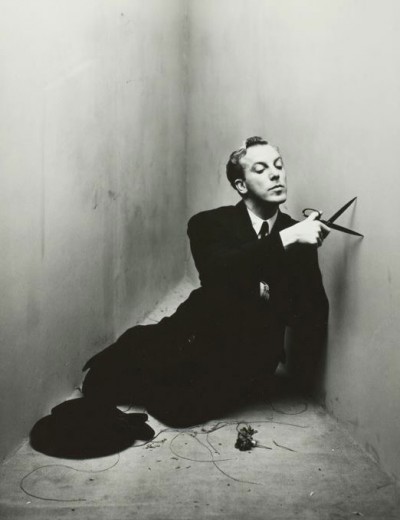
Jacques Fath
About
Jacques Fath was a French fashion designer who was considered one of the three dominant influences on postwar haute couture, the others being Christian Dior and Pierre Balmain.
Fath was born in 1912 in Laffitte, France into a Protestant family of Flemish and Alsatian origin. His father wanted Jacques to join him in the insurance brokerage business, and for a while Jacques worked as a bookkeeper at the Paris Bourse, and later, briefly, as a broker. But there was too much of the artist in Jacques’ genetic pool for brokerage work to be completely satisfying. His great-grandmother was a dressmaker who was very popular during the time of Empress Eugenie, the great beauty and consort of Napoleon III. Jacques’ great-grandfather was a writer, and his grandfather a landscape painter. From early childhood Jacques wanted to be a dress designer. He often criticized his elder sister’s clothing. This blond-haired young child had been born with a heightened artistic sensibility.
After two years working at the Paris Bourse, Jacques took his required one year of military training. As soon as Jacques returned to civilian life, he furiously prepared for his career as a couturier. Fath was entirely self-taught; he threw himself into studying designs, studying costumes, studying fashion, going to museums and reading books.
The Look
Fath was known for his hourglass shapes, plunging necklines, tiny waists and full skirts. It has been suggested that Fath even inspired Dior's New Look. Certainly, Fath designed some of the sexiest and most glamorous dresses to come out of Paris. A Fath dress would often feature a molded bodice that would show off a slender waist and emphasize the bosom and hips. He favored irregular necklines and often drew attention to cleavage. His skirts were either very slim or very full, characterized by a myriad of pleating or draping. Fath worked directly with the fabric, draping it on his models. Fath's style was best known for its glamour. He often used diagonal lines, asymmetrical draping, and floating panels to give a sense of movement. Angled collars and pockets, slanted or zigzagging skirts, bustles or fans jutting out from tight dresses, tucks, tiers and knife pleats all added to the unique quality of his clothes. He had a great sense of color, often using combinations such as bright blues and greens. Fath's glamorous style had a wide appeal, and in 1948 he signed an agreement with the American manufacturer, Joseph Halpert. Henceforth, in addition to his own couture collections, Fath produced a low-priced American line as well.
Who Wears It
Ava Gardner, Greta Garbo, and Rita Hayworth